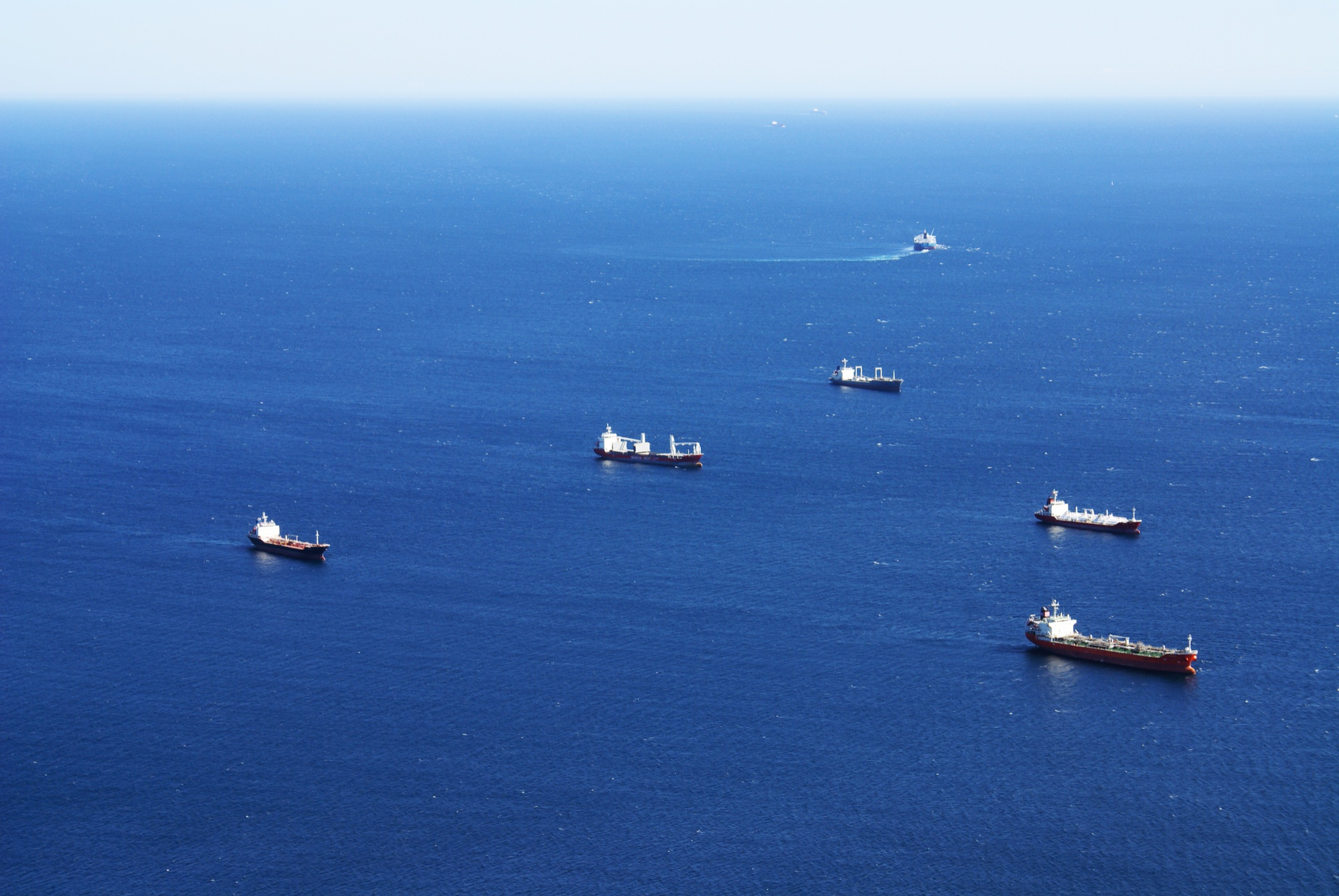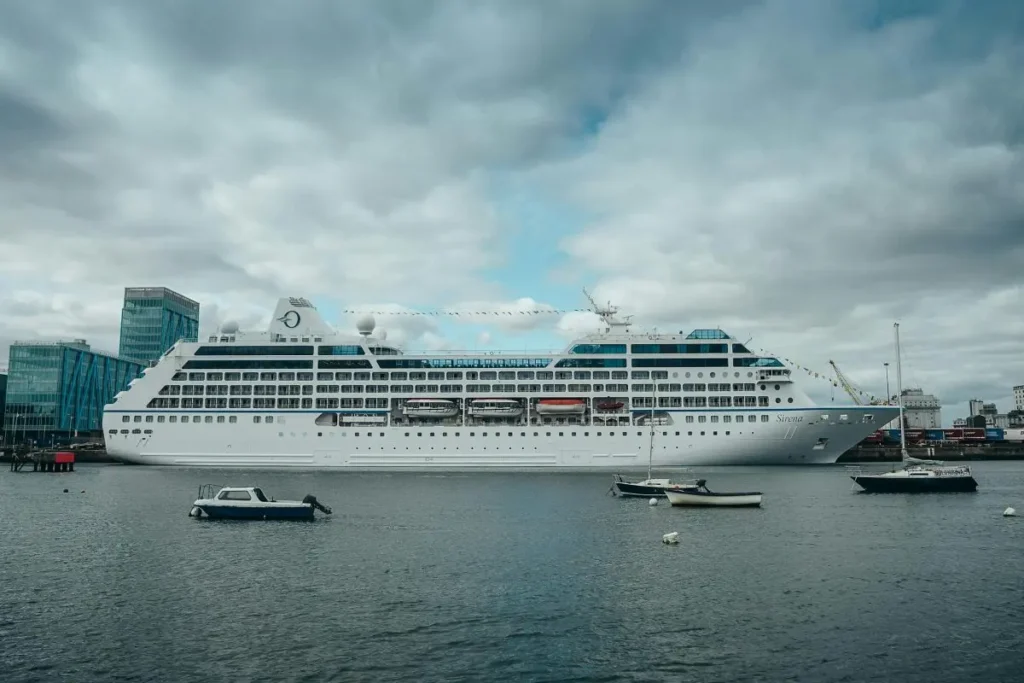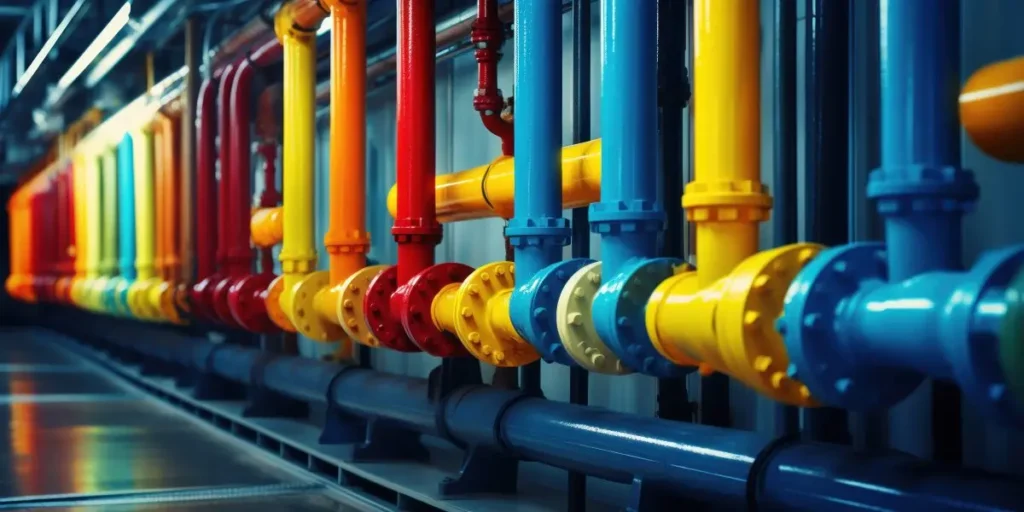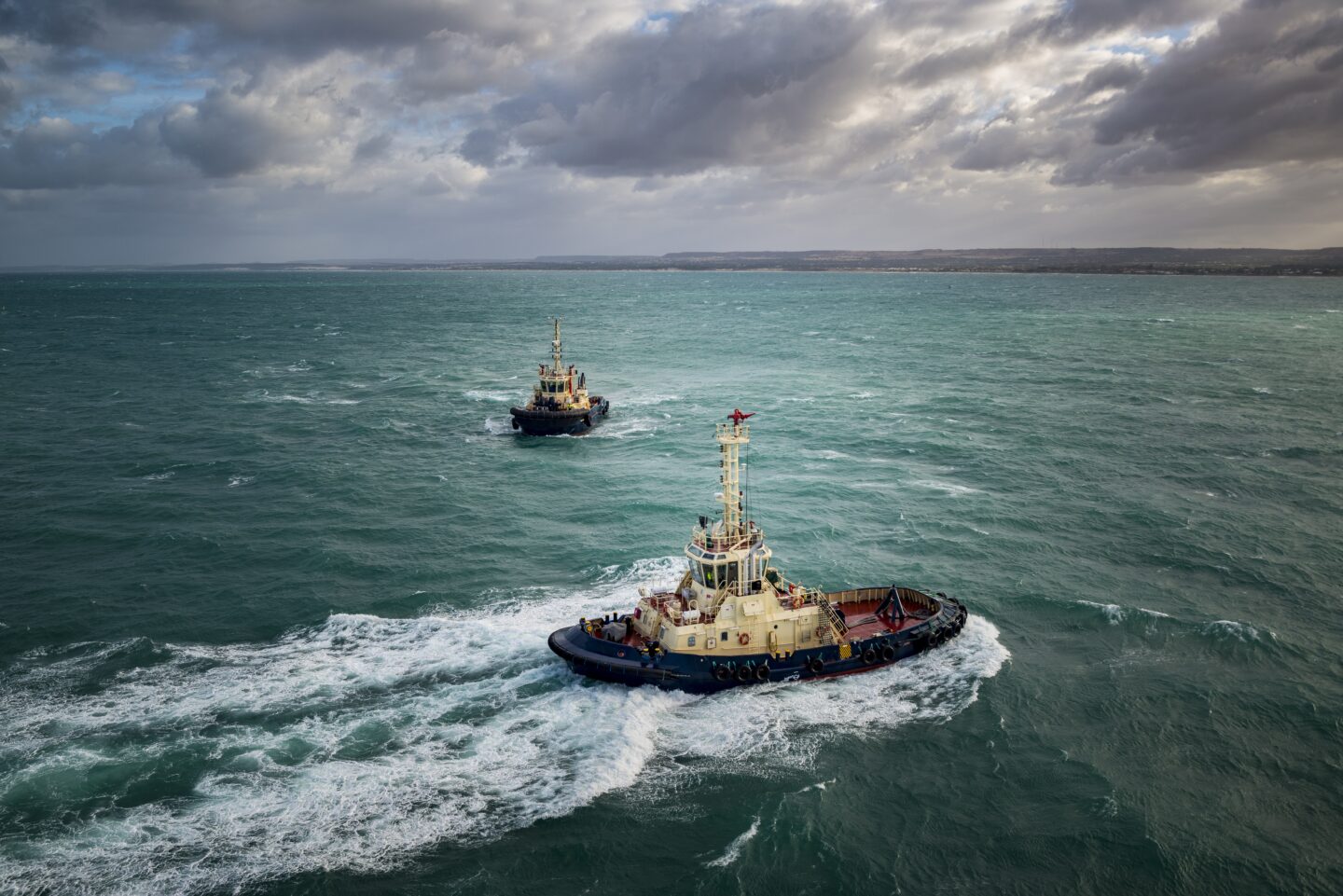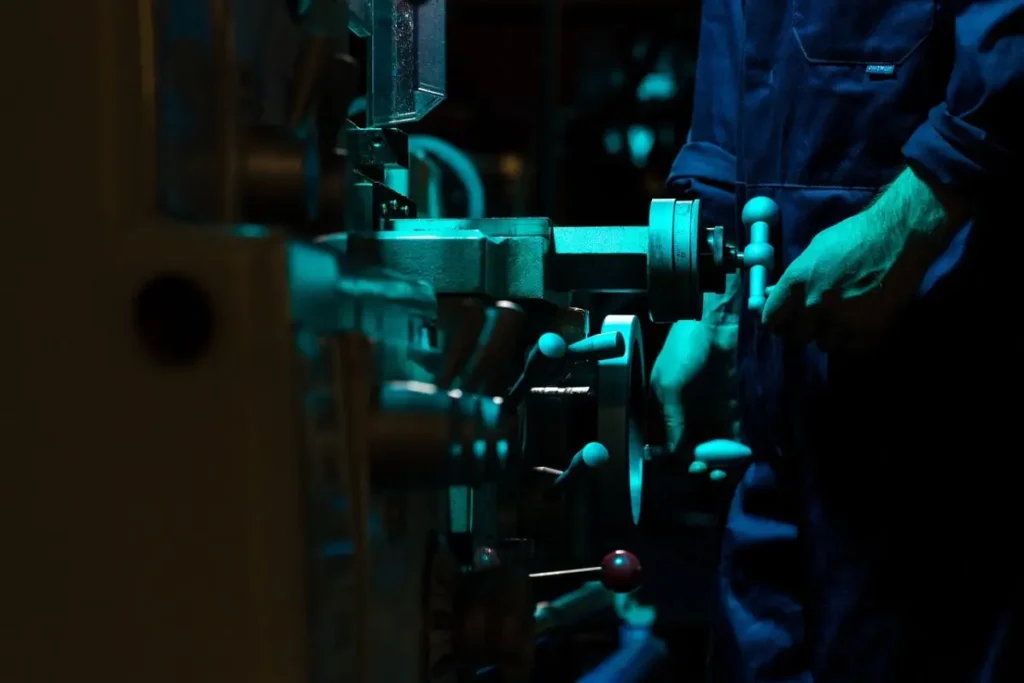The marine engines are based on robust systems that enable the smooth movement of heavy loads. The hydraulic pump motor is one of the major elements that contribute to this. It transforms power into the motion of a hydraulic system to maintain machinery efficiency and responsiveness. This allows the motor to pass power through the vessel with minimal energy wastage when operating with pressurised fluid. It controls the flow and pressure, thereby maintaining consistency.
Understanding how a hydraulic pump motor works in marine engines will enable you to appreciate its importance.
Understanding Hydraulic Pump Motors and How They Work
A hydraulic motor is found in the hydraulic system of the engine. It uses pressurised fluid when driving machinery. It produces flow, then the motor transforms this flow into rotation. This is what drives and builds up the torque to move heavy loads. At the internal level, gears, pistons, and valves define the pressure and flow of fluid. Hydraulic pumps and motors then combine to create a smooth and steady performance on sea applications. The outcome is efficient and consistent power output on board.
The Connection Between Hydraulic Pump Motors and Marine Engine Efficiency
The hydraulic motor makes a significant contribution to the marine engine’s efficiency. It assists in minimising fuel use by controlling the fluid flow and mechanical load. As long as pressure and flow rate remain equal, the motor provides consistent torque without straining the system. The hydraulic fluid ensures that nothing overheats and becomes greasy, thereby preventing breakdowns. Your engine runs better and has increased life with increased volumetric efficiency. A hydraulic pump motor is efficient in conserving energy transfer, cleanliness and directness, helping you to utilise the maximum of each drop of fuel.
Types of Hydraulic Pumps and Motors Used in Marine Systems
The hydraulic pumps and motors have variations used in the marine systems. Both have different methods for handling fluid flow, pressure, and displacement. You will have gear, piston, and vane designs employed in vessels.
They come in different sizes, load capabilities, and efficiencies, yet all offer smooth performance. The key here is to select the appropriate one, which will be determined by the manner in which your machinery operates and the type of hydraulic system it uses. Knowing these various types will enable you to have the appropriate motor to fit the task.
Gear Pumps and Gear Motors
Gear pumps and motors are basic but efficient. They incorporate two gears that mesh to form a vacuum, drawing fluid to the inlet and propelling it to the outlet side. Such a design gives a constant displacement and practically constant flow. External gear models will also be standard in marine machinery as they are effective for low-pressure work. The gears rotate to drive pressurised fluid, which produces power to run the smooth operations.
They are not extremely big and can withstand regular operations. They also give reliable performance even in harsh sea conditions.
Piston Pumps and Piston Motors
Piston motors and pumps can work under high pressure, which requires high torque. Internal pistons are used to provide displacement by pushing in and out of a cylinder. Axial piston motors or radial piston motors produce smooth rotary motion, depending on either the design or load requirements. They are suited for the production of heavy-duty machines that require continuous efficiency. Making them effective in pressurised fluid, they are commonly employed in larger marine machinery. They are more stable in providing reliable power, and they are more resistant to harsh conditions.
Vane Pumps and Vane Motors
Vane pumps and vane motors incorporate small vanes which move up and down in slots in a rotor. During the rotation of the rotor, fluid passes across the chambers, producing low-turbulence flow and pressure. These units feature variable displacement, allowing for easy adjustments to various tasks. They are cost-effective and suitable for medium-load applications, where the flow is smooth and the operation is silent. Vane motors are also effective in low-pressure environments, hence they can be used in most marine systems. They offer a compromise on performance, durability and energy efficiency.
Applications of Hydraulic Pump Motors in Marine Machinery

Hydraulic pumps and motors are widely used in various marine applications. They drive winches, conveyors and excavators, among other mobile machines, on ships. The engine is typically connected to an internal combustion engine or electric motor to provide the appropriate amount of torque and output. They are ideal for lifting and pulling work, as they can operate at high power with low speed. Their bodies of reliable hydraulic pressure and rotary motion are helpful in making your systems very efficient and safe, even in heavy marine operations.
Conclusion
A hydraulic pump motor plays a crucial role in enhancing marine engine efficiency. It maintains your systems strong, stable and unproblematic, regardless of the circumstances. Understanding how various pumps and motors operate is essential for selecting the best combination to use in your machinery.
Maintaining your hydraulic system will increase its lifespan and provide you with consistent torque and output. In marine engineering, every bit of efficiency counts—and that’s what hydraulic pump motors deliver every day.
At K-Marine, we design and support a wide range of hydraulic systems built for marine performance. If you want to improve your vessel’s efficiency and reliability, contact us today to learn how we can help.
